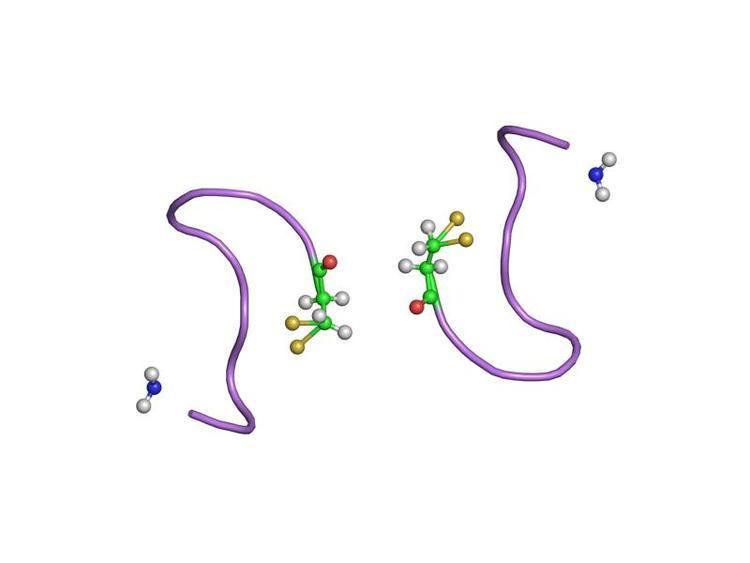Symbol Hormone_4 InterPro IPR022423 SCOP 1xy1 | Pfam PF00220 PROSITE PDOC00237 SUPERFAMILY 1xy1 | |
 | ||
The neurohypophysial hormones form a family of structurally and functionally related peptide hormones. Their main representatives are oxytocin and vasopressin. They are named for being secreted by the neurohypophysis, i.e. the posterior pituitary gland (hypophysis refers to the pituitary gland), itself a neuronal projection from the hypothalamus.
Most of the circulating oxytocin and vasopressin hormones are synthesized in magnocellular neurosecretory cells of the supraoptic nucleus and paraventricular nucleus of the hypothalamus. They are then transported in neurosecretory granules along axons within the hypothalamo-neurohypophysial tract by axoplasmic flow to axon terminals forming the pars nervosa of the posterior pituitary. There, they are stored in Herring bodies and can be released into the circulation on the basis of hormonal and synaptic signals with assistance from pituicytes.
Vasopressin and oxytocin are also synthesized in the parvocellular neurosecretory cells of the paraventricular nucleus of the hypothalamus, which project to the median eminence, where they are transported and secreted into the hypophyseal portal system to stimulate the anterior pituitary. Thus they can also be considered as hypophysiotropic hormones.
Oxytocin mediates contraction of the smooth muscle of the uterus and mammary gland, while vasopressin has antidiuretic action on the kidney, and mediates vasoconstriction of the peripheral vessels. Due to the similarity of the two hormones, there is cross-reaction: oxytocin has a slight antidiuretic function, and high levels of AVP can cause uterine contractions. In common with most active peptides, both hormones are synthesised as larger protein precursors that are enzymatically converted to their mature forms.
Members of this family are found in birds, fish, reptiles and amphibians (mesotocin, isotocin, valitocin, glumitocin, aspargtocin, vasotocin, seritocin, asvatocin, phasvatocin), in worms (annetocin, nematocin), octopuses (cephalotocin), Locusta migratoria (Migratory locust) (locupressin or neuropeptide F1/F2) and in molluscs (conopressins G and S).
